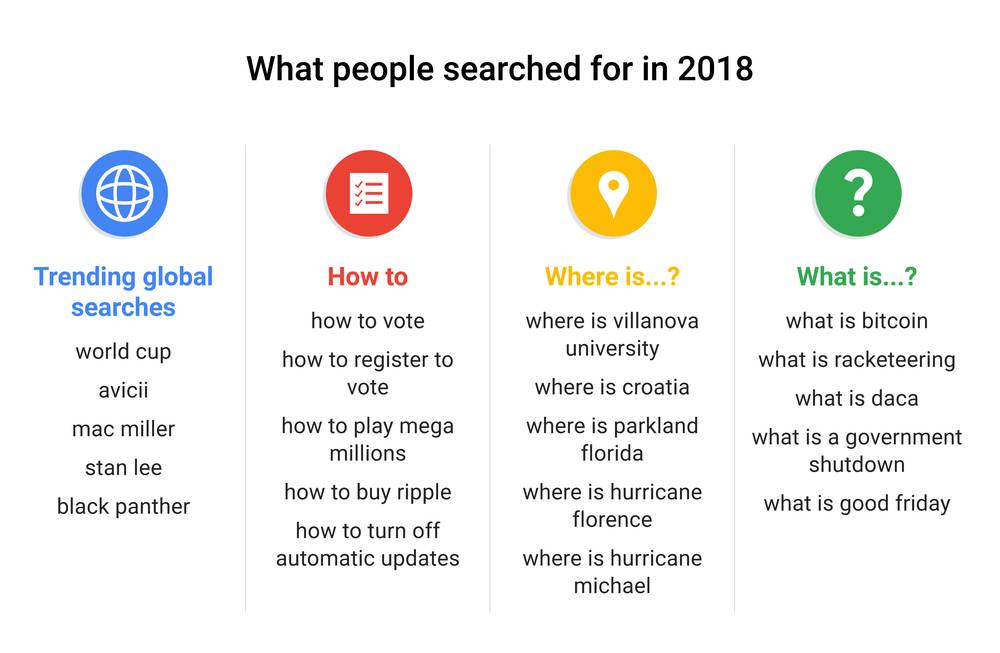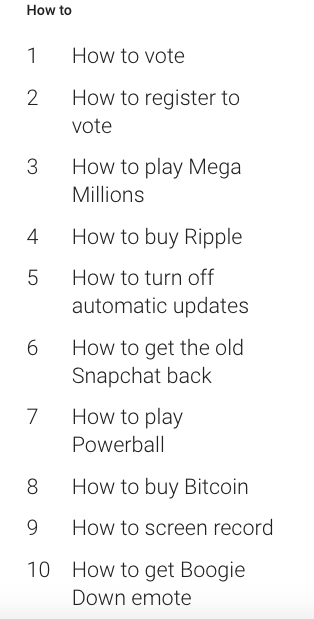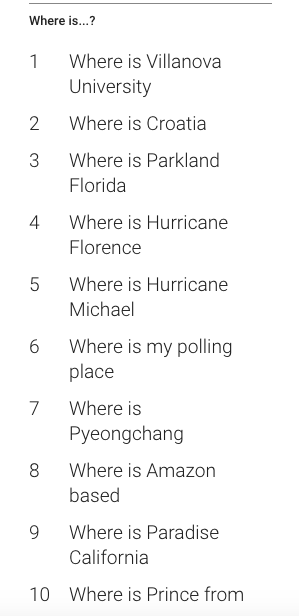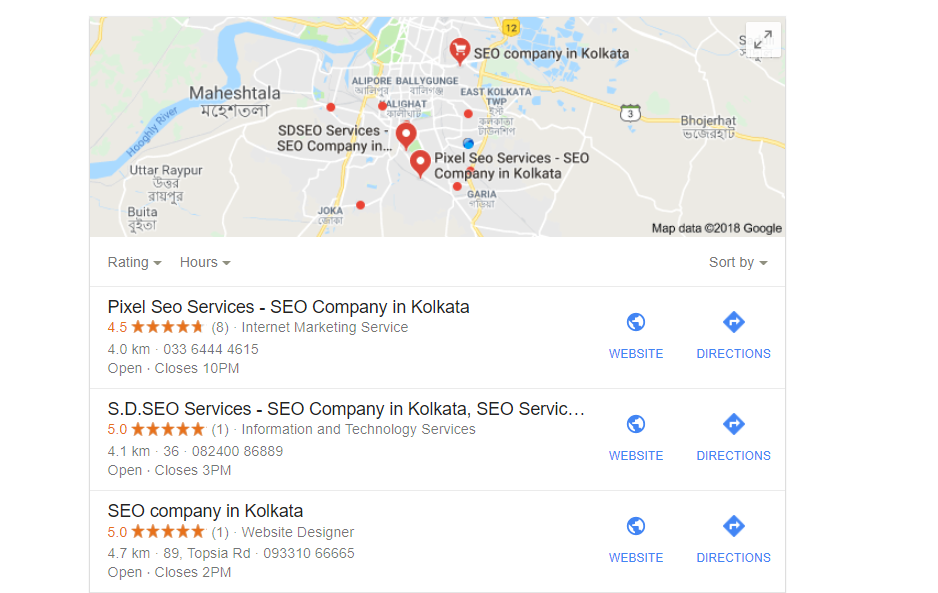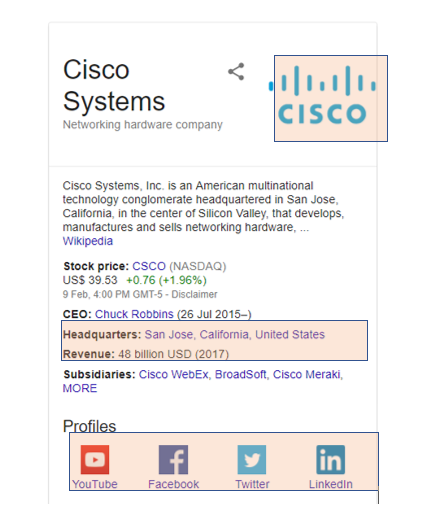How will the social media landscape change in 2019? Here are the key trends you need to consider for a successful marketing strategy.
Social media marketing needs to be frequently adapted to the changing trends. The rapid pace that social media platforms evolve requires from marketers to be alert if they want to maintain successful tactics.
2018 had been a busy year for all social media platforms. There were lots of positive and negative stories that had to do with their usage and it’s now time to review our social marketing strategies.
Here’s a closer look at the key trends of the year and how they will affect 2019 to help you proceed to the necessary changes to your tactics.
Messaging will grow even more
Messaging apps have already passed social media apps in usage and it seems to be a trend that will dominate 2019. People are moving beyond public posts on social media to private messaging, whether it’s simply about reaching their friends or even to stay in touch with their favorite brands.
What makes messaging interesting is that brands can find the much-desired engagement that they’re seeking by understanding how people use messaging apps.
Back from 2017, marketers believed that messaging is the first trend that will affect their social strategies.
WhatsApp, Messenger, Viber, WeChat hold a large percentage of the messaging market and they already introduced additional features to go beyond messaging, from Stories and news updates to automated bots for customer service and e-commerce functions.

Source: Statista
There is a whole new world to try out as a brand and we’re already seeing big brands and publishers tapping into the messaging trend.
I’ve asked Debbi Dougherty, Head of B2B Marketing and Communications at Rakuten Viber, on how brands can use messaging apps as a growing trend and here’s what she said:
“Moving into 2019, media will continue to seek ways to find its place with younger generations. Tapping into these audiences will be impossible without the presence of a centralized location where users can conveniently interact with content. Messaging apps offer the most ideal platform to achieve this, providing ease-of-use and personalized experiences that aren’t possible through traditional channels. For newspapers, in particular, their ability to transition onto social platforms like messaging apps is critical to the future of their readership. It not only helps them extend their reach globally, but gives them access to an entirely new demographic of users.
The truth is, the amount of time people spend on messaging apps has grown exponentially and is much higher compared to any other platform, including social media. Brands need to recognize this and adjust accordingly.”
Data breaches make trust more important than ever
The reason that messaging apps became even more popular is the growing lack of trust in social networks.
It’s been a turbulent year for Facebook, for example, which made many users uncomfortable in sharing their data.
Privacy concerns are increasing and it makes all social media platforms realize that trust is crucial. Facebook is learning the lesson the hard way that you need to be more mindful about the use of data.

As a brand, the growing discussion about social data and privacy concerns brings out the importance of building trust with your audience.
It’s useful for a brand to be transparent with its audience, whether it’s about admitting their mistakes or even to update their audiences on a recent change. Such factors can help their customers trust them and even be more open to hearing more from them in future campaigns.
Narrowing down the focus on specific channels
Social media marketing is becoming more competitive and the most successful professionals realize that you need to focus on the best-performing channels for your business.
Gone are the days when you had to join Facebook simply because ‘everybody was there.’ Nowadays, it’s more important to go after niche audiences that are relevant to your business. There’s no need to broadcast the same message to all platforms if you don’t see a successful result from it.
Don’t be afraid to limit down your work to two channels, for example, if you’re noticing that these two channels will bring you the best ROI.
We can all start the new year by making the most of our time and spending it on the channels that are only worth our attention.
The more distractions we are having, the higher the chances to lose our focus. Start by analyzing where your audience is and which channels work better for your business goals.
Review your current performance and set goals to improve it in the right direction that you want to move.
The ad spend is increasing but you’ll need to consider ad saturation
Social media advertising has been on the rise the last few years. We are now able to create social ads in multiple channels and it’s up to us to decide on the objectives and the type of ads that we want to use.
There has been an increasing success for many brands that used paid social in the marketing mix. It’s no surprise that there is a growing ad spend across marketers.
For example, Instagram’s level of engagement has intrigued more marketers to increase their ad spend to the channel, both on the feed and the Stories.
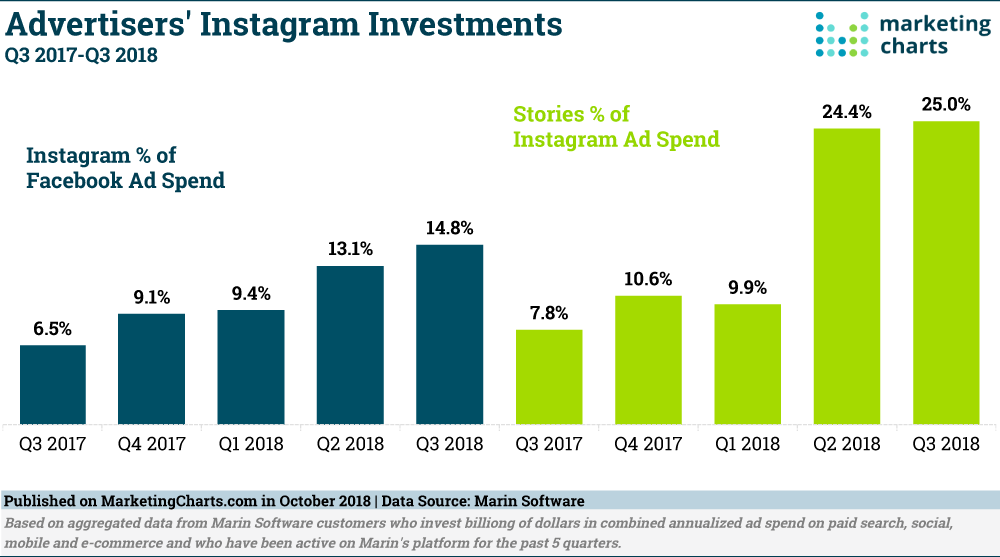
As Facebook was becoming more saturated with the existing competition, Instagram started showing up as a great alternative to promote your brand.
A growing ad spend indicates the increasing interest in a platform, but it can also signal the start of an increasing cost to promote your business.
Instagram Feed and Stories seem to bring a good ROI for many brands, but what if more marketers create ads for the specific platform?
2019 will probably see an even further increase to marketers’ social ad spend, with Instagram growing in popularity.
However, it’s good to consider that it’s not a good idea to rely too much on one platform, either for organic or paid growth.
There is only a set space for ads in each platform so the competition may push the costs to increase.
Videos, podcasts, and live streaming
Blog posts can still be effective in 2019. Long-form posts can still engage readers, provided that they are appealing and properly formatted to facilitate the reading experiences across all devices.
Content consumption though goes way further than written text, with videos and podcasts seeing great success.
From the rise of YouTube to the introduction of IGTV, social media platforms were always interested in highlighting video content.
Facebook has even adjusted their algorithm to ensure that video posts show up more frequently on our feeds.
Video marketing is becoming more appealing both for brands but also for users who notice the content that stands out.

It’s only a matter of time until videos take over the whole social media world. 2019 will be the year that more brands will experiment with different types of video among different channels:
- Short videos with captions are really appealing to mobile users and are also accessible to everyone. They can be found on any social media platform with Facebook favoring them in their algorithm. They can make really effective ads and they’ve already been used quite extensively from ads.
- Vertical videos on Snapchat and Instagram Stories grow really fast in popularity and we already see many ads in a vertical format. It’s a format that will grow even more like a trend due to the improved viewing experience in mobile screens.
- Long videos of powerful storytelling can still keep an audience engaged. Whether it’s YouTube, Facebook, or even IGTV, there is an increasing need for video stories that can be interesting enough to convince the viewers to watch more than a few seconds.
- Live streaming is also another big trend that is now available across many different platforms. Users turn into broadcasters and brands become publishers to come closer to their audience. There are numerous opportunities to benefit from a live streaming strategy.
Except for videos, podcasts have also seen a growing success. Audio content is bringing the radio days back as a great way to catch up with your favorite stories and brands when you’re on the go.
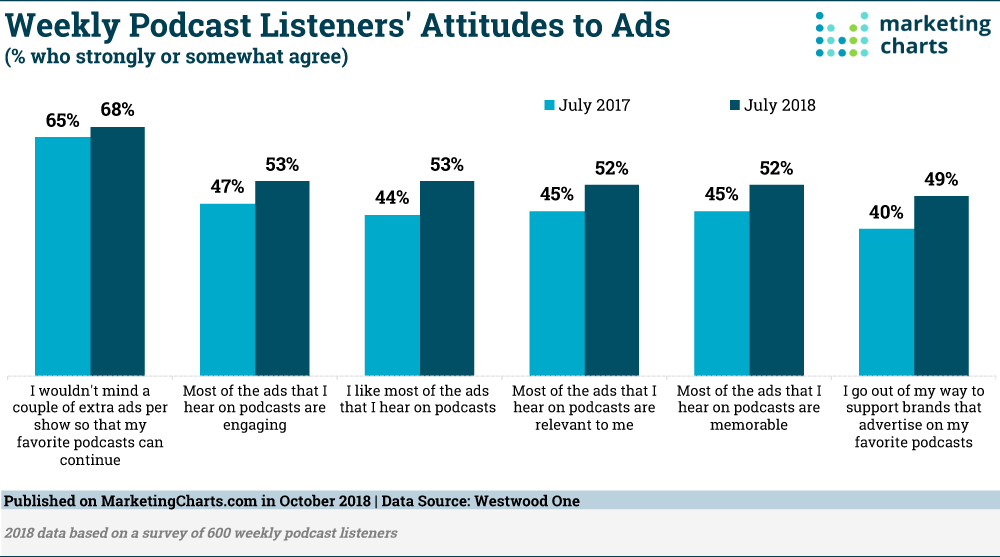
More marketers are experimenting with podcasts, either to build their own personal brand or to promote their business. What makes podcasts special is the fact that they still focus on the content rather than the promotion. People subscribe to a podcast because they are interested in the content, whether it comes from a brand or another person.
AR to become more mainstream

Social media and AR are making a good combination the last few years and it’s only a matter of time until we see an even more applied use to further channels.
We have already seen how brands involve AR to facilitate the customer experience. Augmented reality can make the brand message engaging, fun and possible more actionable. Having the option to try out, for example, a pair of glasses before buying them can lead to an increased number of sales.
Facebook is greatly investing in AR in an attempt to dominate the field, which means that they understand the potential that this investment may bring.
They have already announced the introduction of AR ads to make social commerce more appealing. Moreover, AR Camera effects are also available in Messenger to ensure that messaging and customer experience will keep improving.
The goal is to keep the users to the platform, while brands can capitalize the trend by seeing an improved customer satisfaction.
What do all these trends mean?
Social media marketing is going towards a stage that focuses more on ROI, new technologies and a trusting relationship between the brand and the customers.
The only way to survive in-between data breaches, emerging technologies and new platforms is to ensure that you:
- Understand your audience
- Review your social media marketing strategy
- Allocate time and budget to new tools and technologies
- Keep your focus on what works
- Do your best to build trust with your users in every campaign
The post Top social media trends for 2019 appeared first on Search Engine Watch.
source
https://searchenginewatch.com/2018/12/17/social-media-trends-2019/



